Jar or ajur or agur is a Greek word and they called the bricks on which government decrees and decrees were written, and by baking these stone bricks in hyderabad the writings were made stable on it.
It is not known when the brick was found, but it can be considered at the same time as the fire. In this way, the mud found next to the ovens of early humans was baked and turned harder.
than the neighboring cloches, and upon observing it, early humans discovered a piece of brick.
Brick is one of the building materials that is compatible with human nature and has been used by him in every era of history.
From the beginning, when man has lived the life of a cave dweller and the idea of preparing a shelter has been created in his brain to protect himself from the weather factors such as wind and rain.
cold and heat, and the invasion of predatory and biting animals, he started to prepare materials that first of all In terms of weight, it should be light enough to be able to carry it.
and secondly, it should be malleable so as to give it the desired shape. The simplest definition we want to give for brick is to say that brick is an artificial stone that is obtained by baking clay with the original structure of stone.
and its dimensions and number can be changed according to our needs. The use of bricks in Iran has an ancient history, and there are buildings left from the Sassanid period in which bricks were used.
such as the small vault in Biston or the floor of the corridor of the Jame Mosque in Isfahan, where bricks were used for the carpet, which were used in the fire temples built during It was used by the Sassanians.
Brick baking steps:
1-Clay clay 2-Making soil 3-Making flowers 4-Moulding or making clay
Brick making:
Brick making means taking chemical water from clay so that aluminum hydrosilicate is converted into aluminum silicate, and as a result.
the clay has endurance and can withstand a compressive force of about 100 kg/cm2. In this way, up to 100 degrees Celsius, the physical water of the clay becomes dry, and up to this temperature.
the chemical water of the clay is emitted, and up to 900 degrees, the clay particles start to become paste, and in this way, the grains of sand inside the clay are mixed together. Paste and brick is obtained.
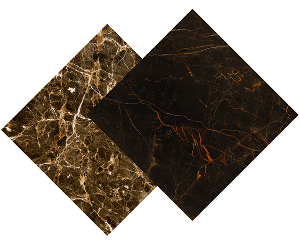
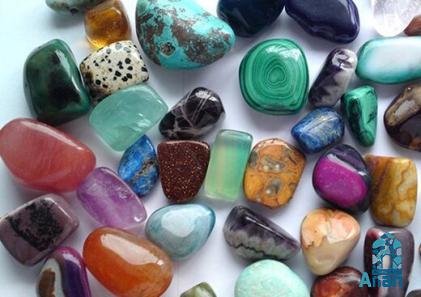

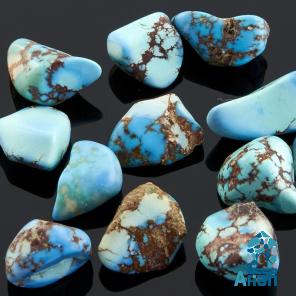
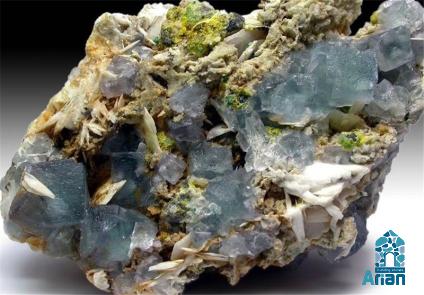
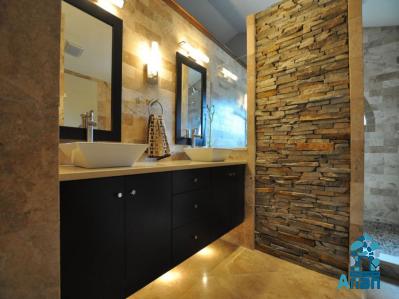
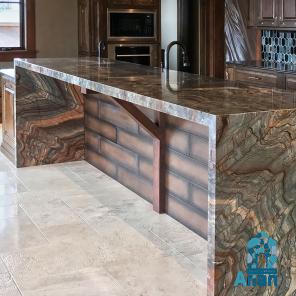
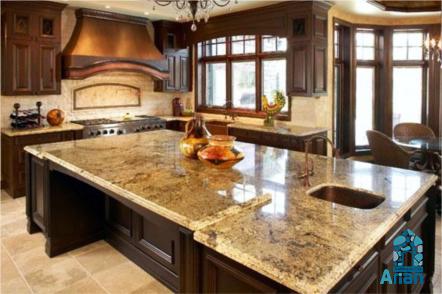

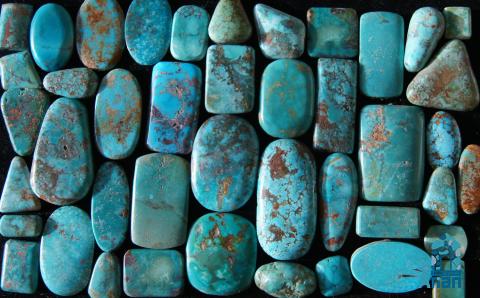
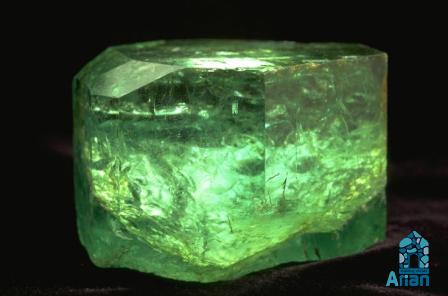
Your comment submitted.